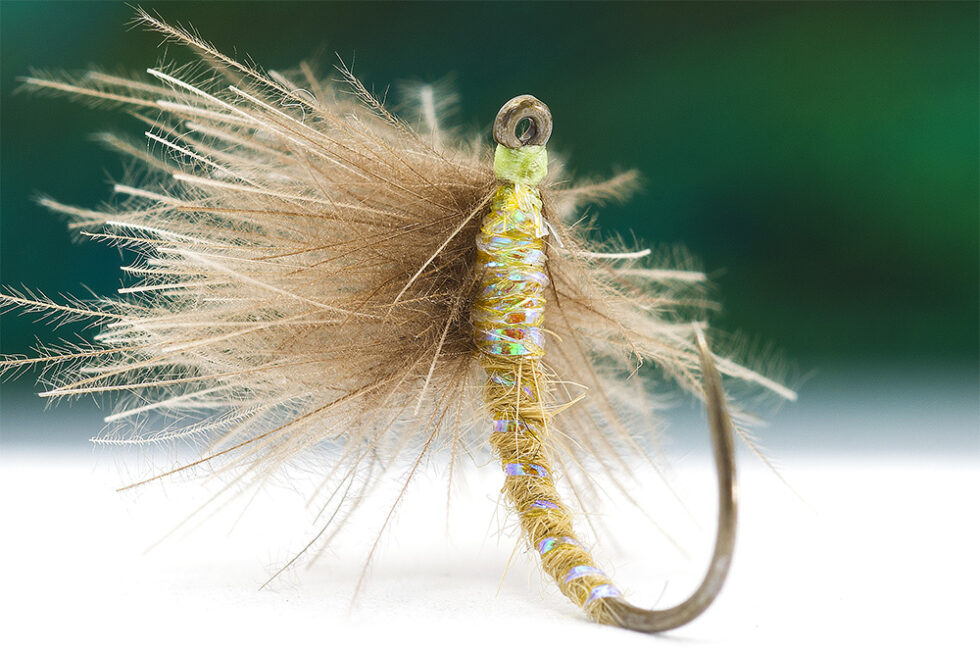
The Paraloop technique is a method used in fly tying to create a realistic representation of emerging or crippled insects on the water’s surface.
This technique was pioneered by renowned fly tyer and angler Shane Stalcup in the 1990s. Stalcup, known for his innovative approaches to fly tying, developed the Paraloop technique to increase the effectiveness and realism of his flies.
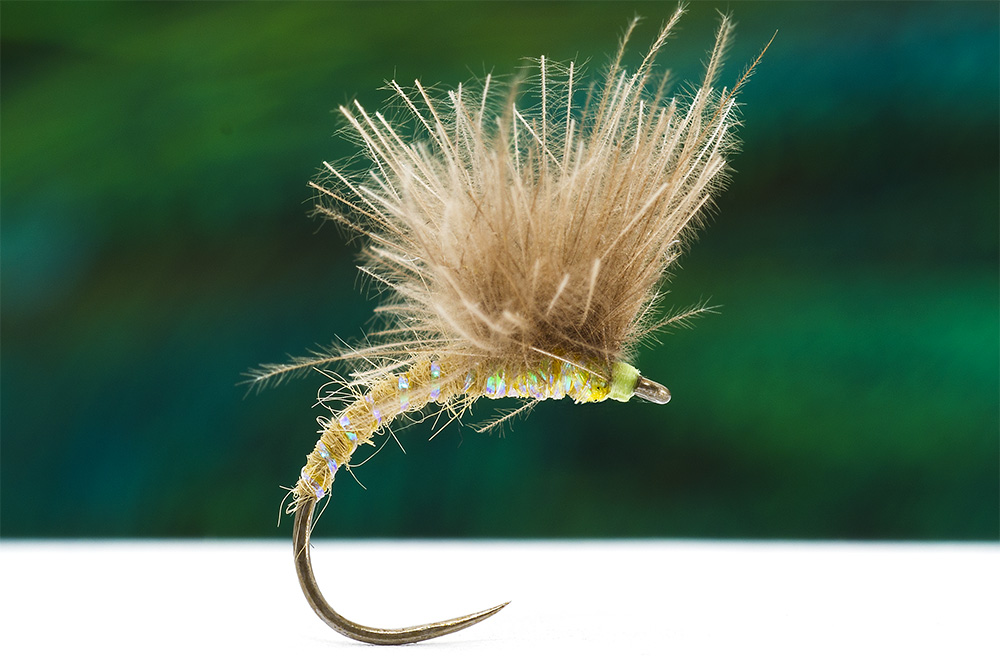
When I discovered this technique, I can tell you that it quickly became my favorite way to tie my dry flies. In my opinion, I don’t think there is another tying technique that offers such a good water print. I am personally convinced that these flies float absolutely perfect and the resistance is far better than other models (classic or tied in the parachute style)
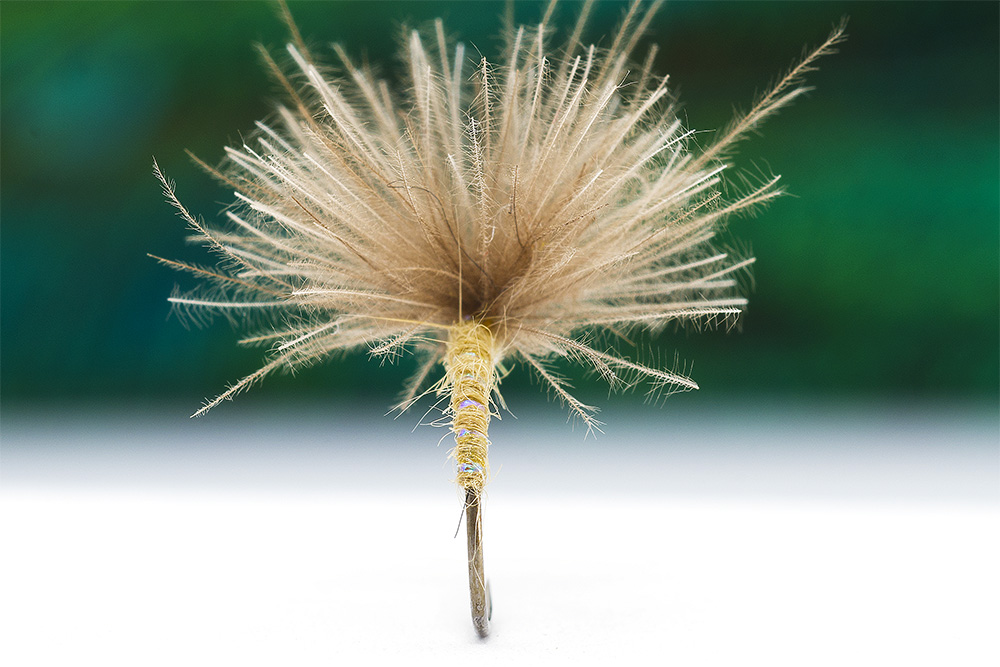
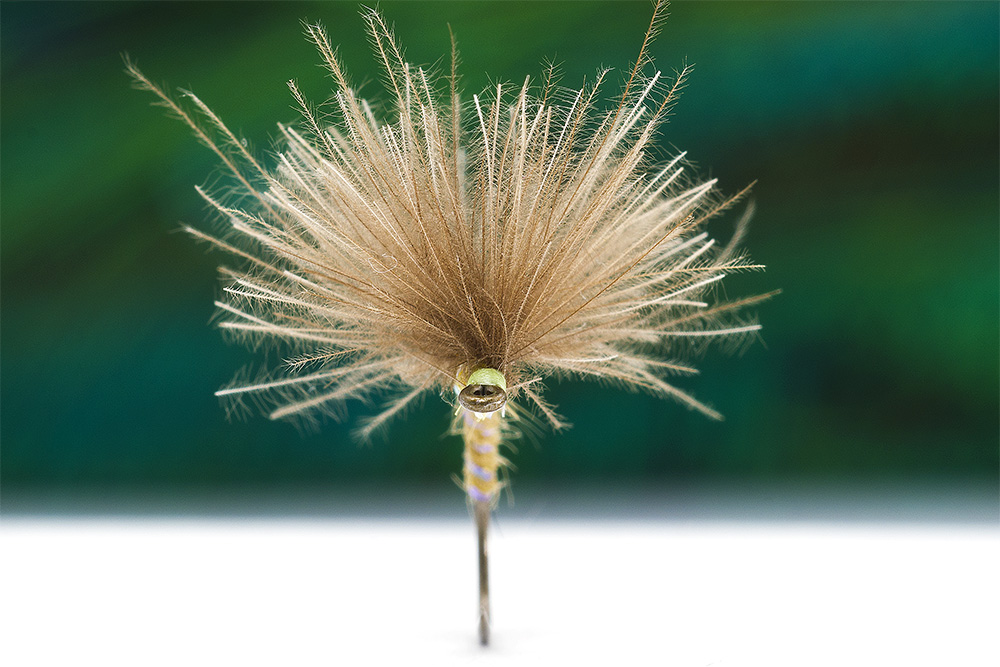
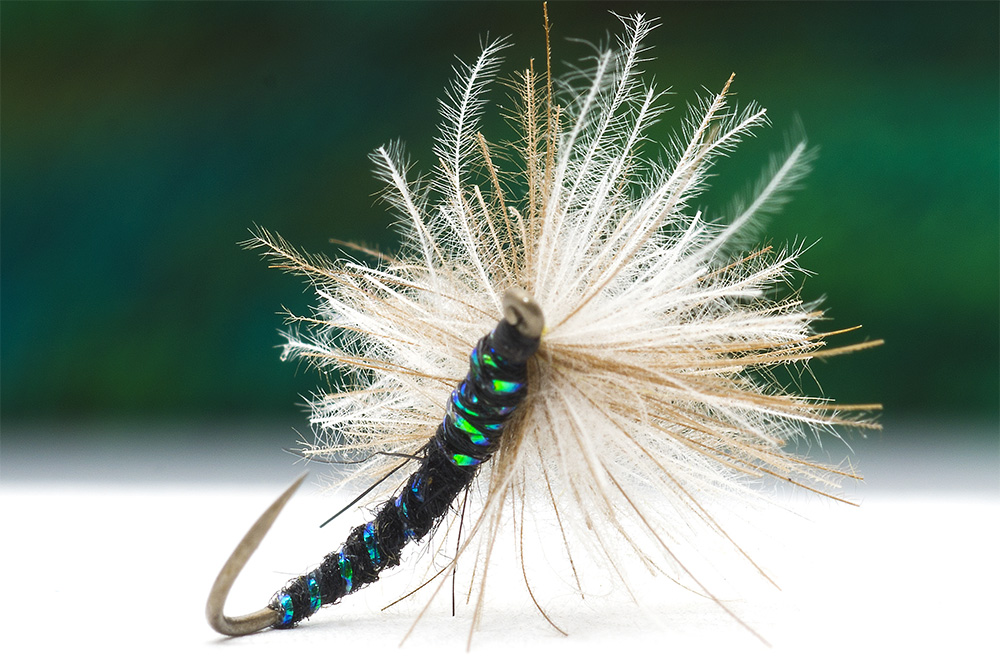
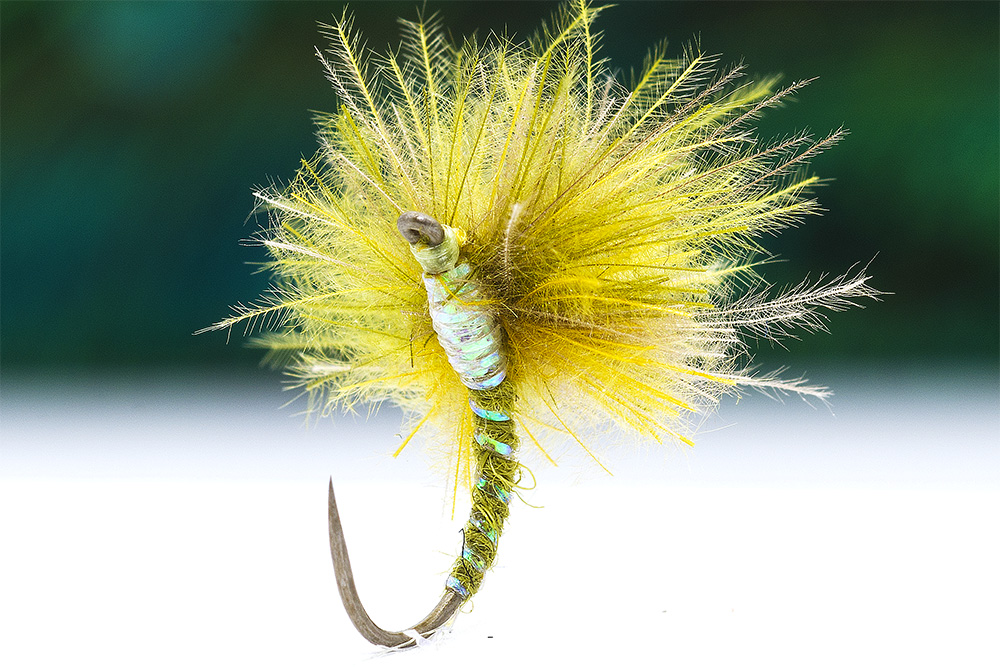
Materials used:
- Materials: Hook: Varivas 2200 size14/16
- Body: Belgian rabbit dubbing in tan color
- Ribbing: Crystal body thread color A5
- Thread: Sumo Power Thread 30DEN
- CDC: natural grey color fixed in paraloop
The key feature of a paraloop fly is its hackle. The way how it’s made, wrapped around to a wing post in a special way, creates a loop of hackle fibers that sits low in the water’s surface film, mimicking the way a real insect would stay on the water. Some guys consider taht because there’s less hackle under the hook shank, paraloop flies are more efficient in hooking fish, I’m not sure about that… But this technique provides an incredible versatility, Paraloop flies can be tied with the hackle loop in different positions, depending on the desired effect. The loop can be open or closed, and it can be positioned at the front, back, or even along the entire top of the hook shank. This allows anglers to adapt their flies to different fishing conditions.

Leave a Reply